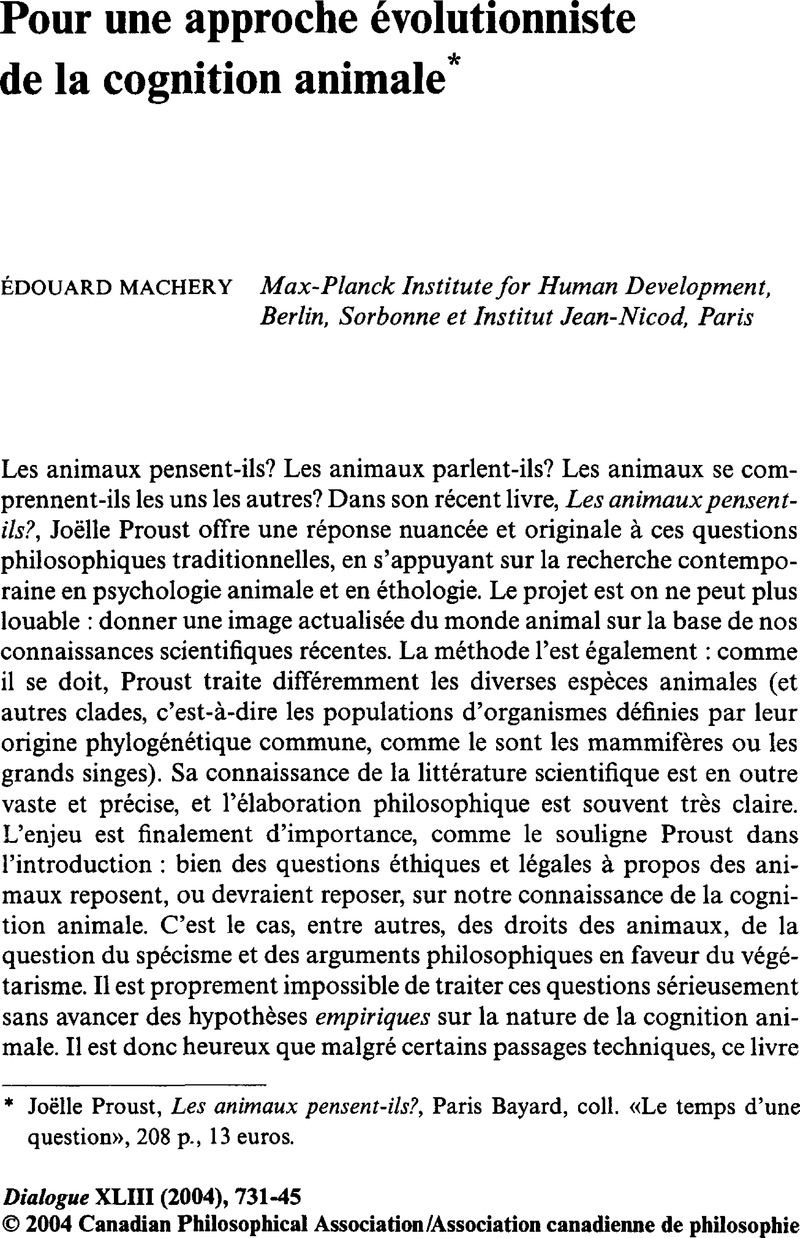Matsuzawa, T. 2002 «Chimpanzee Ai and Her Son Ayumo : An Episode of Education by Master-Apprenticeship», dans M. Bekoff, C. Allen et M. Burghardt, dir.,
The Cognitive Animal: Empirical and Theoretical Perspectives on Animal Cognition,
Cambridge, Mass.,
MIT Press.
Google Scholar 